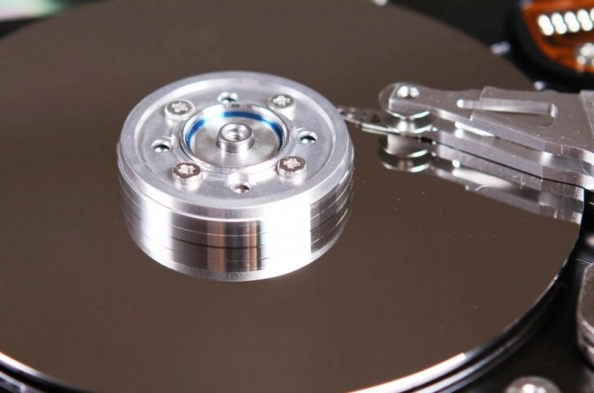As the world becomes increasingly digital, the issue of electronic waste (e-waste) continues to grow at an alarming rate, bringing about both environmental and security concerns. Fredrik Forslund, representing Blancco, a company specializing in data erasure, warns that the volume of obsolete electronics could reach an appalling 82 million tons annually by 2030. This staggering figure is five times faster than the rates at which formal recycling collections can handle. Forslund links his advocacy to the WEEE Forum’s International E-Waste Day on October 14, 2024, urging IT stakeholders to adopt software-based data erasure methods. Such an approach not only boosts data security but also promotes the recycling and reuse of IT assets.
The Environmental Impact of E-Waste
Rise of Obsolete Electronics and Collection Challenges
The dramatic rise in the production of electronic devices has led to an unprecedented generation of e-waste, posing significant environmental challenges. Based on a study by the United Nations, it is projected that by 2030, obsolete electronics will generate around 82 million tons of waste yearly. The rapid advancement in technology and the growing consumer culture are primary drivers behind this surge, leading to an increase in discarded gadgets and devices. Unfortunately, this has created a significant gap between the generation of e-waste and the capacity for its formal collection and recycling. Current recycling processes are only capable of handling a fraction of the e-waste produced, leaving a substantial amount to accumulate in landfills.
The alarming statistics emphasize the critical need for more efficient e-waste management solutions. The current system’s inadequacies stress the importance of adopting innovative techniques to handle the growing volumes of electronic waste. Forslund’s call to action focuses on enhancing data sanitization standards and leveraging advanced technologies that facilitate the recycling and reuse of IT assets. This approach aligns with the WEEE Forum’s theme for the year, which centers around the retrieval, recycling, and reviving of e-waste to mitigate environmental impact.
Importance of Sustainable Practices and Role of IT Stakeholders
Forslund underlines the importance of IT stakeholders in addressing the e-waste challenge by adopting sustainable practices and integrating data sanitation into their operations. Blancco offers services aimed at minimizing the physical destruction of IT assets, thereby conserving valuable environmental resources. Forslund advocates for the use of certifiable software-based data erasure solutions that preclude the need to dispose of e-waste in landfills. This strategy not only protects the environment but also ensures that sensitive data is securely erased, enhancing overall data security.
The role of C-suite executives is particularly crucial in driving this change as they hold the decision-making power regarding investments in environmental, social, and corporate governance (ESG) initiatives. By prioritizing ESG goals, corporate leaders can demonstrate their commitment to sustainability and inspire a collective impact within their industries. Transparency and accountability are key factors in promoting sustainable practices, as they allow companies to showcase their environmental stewardship and build trust with stakeholders.
Integration of Data Security and Environmental Consciousness
Adoption of Advanced Data Sanitization Technologies
Forslund’s advocacy revolves around the integration of data security with environmental consciousness through the adoption of advanced data sanitization technologies. Traditional methods of data destruction often involve physically dismantling devices, which not only generates more waste but also consumes significant energy and resources. In contrast, software-based data erasure methods provide a viable alternative that eliminates malware and other security risks without physically harming the device. This approach ensures that electronic devices can be recycled and repurposed while maintaining data integrity and security.
The implementation of these technologies requires a shift in corporate mindset and practices. It involves understanding the long-term benefits of reducing the environmental footprint of obsolete electronics through efficient data sanitization methods. Forslund’s vision is to see a seamless integration where companies can pursue robust data security measures without compromising on sustainable practices. By adopting data sanitization standards that promote the reuse and recycling of IT assets, businesses can contribute to a more sustainable future.
Enhancing Corporate Responsibility and Transparency
Forslund emphasizes the need for corporate responsibility and transparency in addressing the e-waste issue. As companies become more digitally oriented, they must adopt practices that mitigate the environmental impact of their operations. By integrating advanced data sanitization technologies, companies can ensure both data security and environmental sustainability. This dual approach not only addresses the growing e-waste problem but also enhances corporate reputation and stakeholder trust. Sustainable practices, driven by innovative technologies and corporate commitment, are essential for managing the escalating e-waste challenge effectively.






